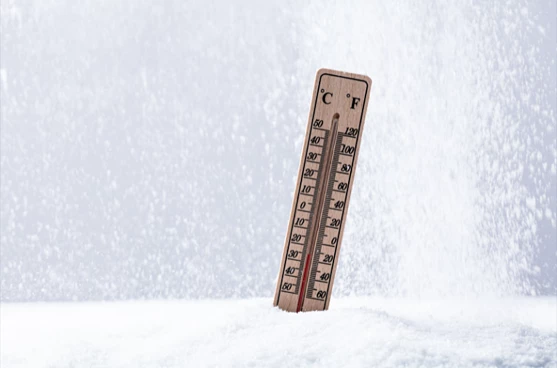Article
Measuring Viscosity at Various Temperatures - Low & High
Jul 31, 2021

Nilesh Kumbhar
Manager - Equipment Division
For many applications, there's a wide variety of temperature ranges the samples should be tested at. This post will focus on best practices and technical information to keep in mind as you use your RheoSense viscometers. There are a couple factors to keep in mind when you proceed with low temperature and high temperature measurements including:
- Syringes/Pipettes
- Dry Air Set up for lower temperatures
- Temperature impact on viscosity
Syringes/Pipettes
RheoSense viscometers that use syringe configuration:
- VROC® initium one plus
- m-VROC viscometer
- hts-VROC viscometer
- e-VROC viscometer
Custom disposable pipette configuration:
- microVISC Portable viscometer
- For our products that use the syringe configuration, the standard syringes can go down to about 10 °C. For users who wish to go down to 4 °C, we offer a different type of syringe called UHMWPE syringes. UHMWPE stands for Ultra High Molecular Weight Polyethylene. These syringes are intended for longer life - especially if you are using at low temperatures or also high temperatures. PLEASE NOTE, it is recommended to keep the syringes separate especially if you are using at temperatures that range from high to low. For example, if you are doing temperature variations from 70 °C to 4 °C or if you do 25 °C to 4 °C even, it may cause faster wear on the syringe, it is recommended to keep syringes for specific temperatures or wait enough time in between measurements for the material to transition.
For our viscometers that use the disposable pipette configuration, it is recommended in general to keep the plunger and barrel not assembled and separate until right before use. This helps reduce expansion of the barrel and ensures quality of the pipette resulting in quality measurements.
Dry Air Set Up for Lower Temperatures
There are several different ways you can set up the dry air purge.
The first is with an N2 line and a pressure regulator. If you have an N2 line (or dry air line) available in your laboratory, all you need is a pressure regulator to set the correct pressure, with a ¼ inch OD tube to connect to the instrument. The exact type of pressure regulator will depend on the pressure of your line (in fact, if your line pressure is low enough, you may not need a pressure regulator at all!).
If you have an air line, but it is not dry, you will need an air dryer. Depending on the pressure/flow rate of the air line, you may need a pressure regulator as well. The choice of air dryer really depends on how frequently and heavily you will use this.
Looking at various distributors and sellers, these range from ~$100 (for the X06 with a 110 minute lifetime) to ~$800 (for the X04 with a 880 minute lifetime). It is recommended to look into the X03 or X04, as the others have very short lifetimes.
After purchase, you can replace the filtration material for a lower price (it looks like ~$100 to replace the desiccant in the X04 (total mass of desiccant=4 pounds, and an 8 pound bag from Grainger costs $240.
If you plan on using it heavily, a regenerative air dryer may be ideal. These feature dual desiccant columns, and will dry one column while using the other.
These typically also have a minimum air pressure requirement, so you may need to connect them to the line directly, and insert a pressure regulator afterwards.
